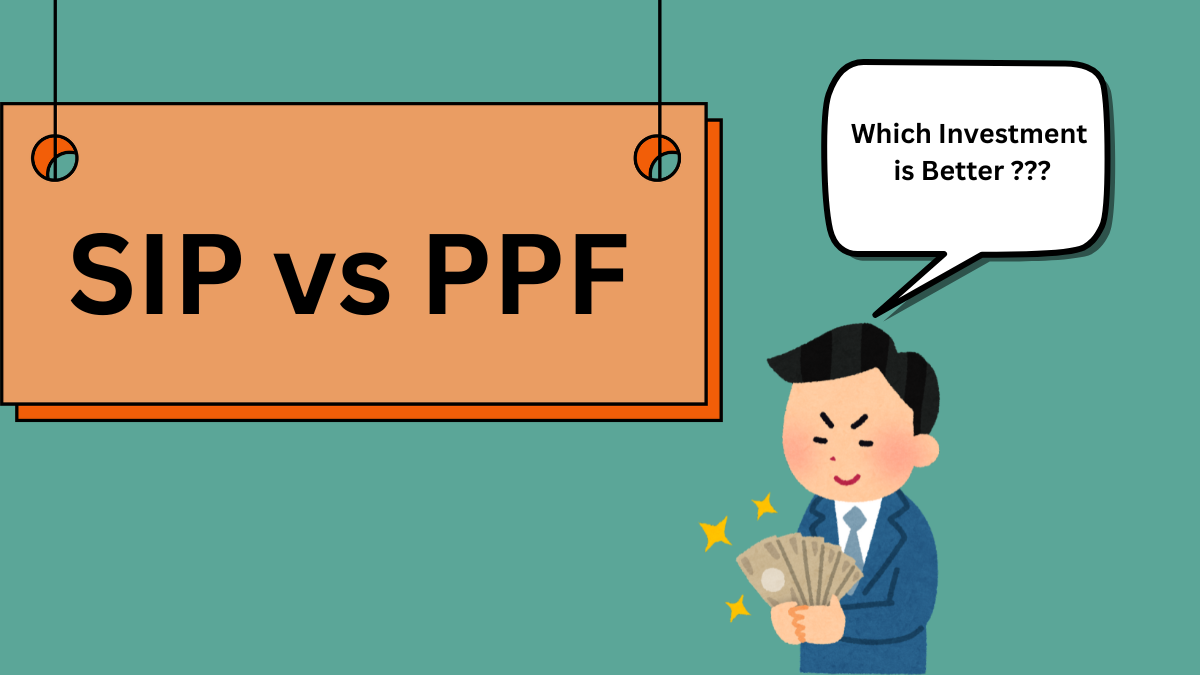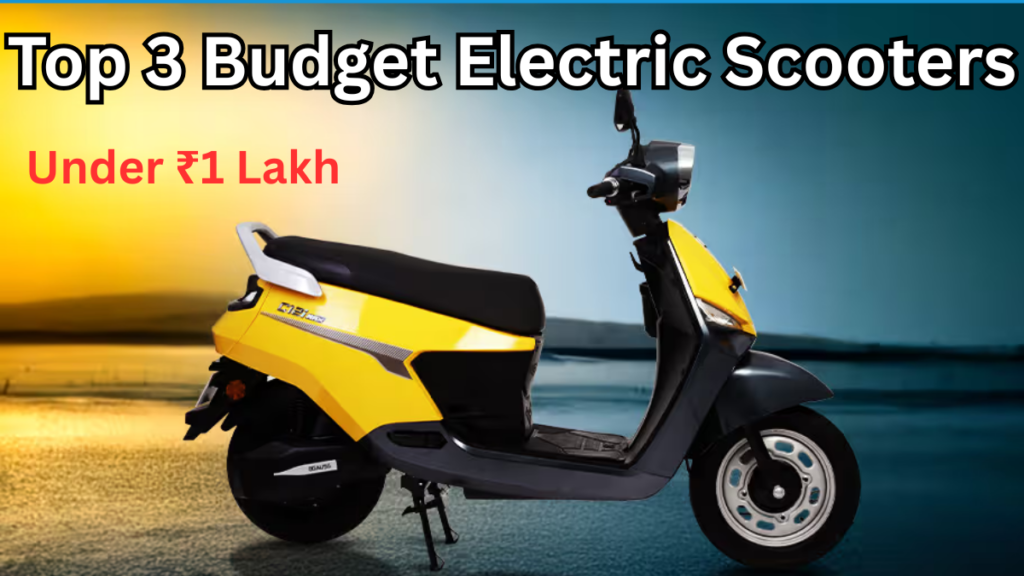When it comes to long-term financial planning, both the Public Provident Fund (PPF) and Systematic Investment Plan (SIP) are popular investment choices. However, the big question is: Which one can help you build a bigger retirement corpus?
Let’s break down the key differences and compare both investment options based on a yearly investment of Rs 1,20,000 for 30 years.

Table of Contents
Understanding SIP and PPF

What is SIP?
A Systematic Investment Plan (SIP) allows investors to invest in mutual funds by contributing a fixed amount regularly. It offers flexibility and has the potential to generate higher returns depending on market performance.
What is PPF?
The Public Provident Fund (PPF) is a government-backed savings scheme designed for long-term financial goals. It offers guaranteed returns and tax benefits, making it a safe investment option.
Key Features of SIP and PPF
Feature |
SIP (Systematic Investment Plan) |
PPF (Public Provident Fund) |
|---|---|---|
Investment Type |
Market-linked mutual funds |
Government-backed savings |
Risk Factor |
Moderate to high |
Low (fully secured) |
Returns |
Varies based on market trends |
Fixed at 7.1% (compounded annually) |
Lock-in Period |
No lock-in period (except ELSS funds) |
15 years (extendable in 5-year blocks) |
Liquidity |
Can be withdrawn anytime (exit load may apply) |
Partial withdrawal allowed after 7 years |
Tax Benefits |
ELSS funds offer tax deduction under Section 80C |
Tax-free under Section 80C |
Minimum Investment |
Rs 100 |
Rs 500 per year |
Maximum Investment |
No upper limit |
Rs 1.5 lakh per year |
How Do SIP and PPF Work?
SIP: How It Works
- A fixed amount is automatically deducted from your bank account and invested in mutual funds.
- The investments are made regularly, and units are allocated based on the Net Asset Value (NAV).
- Returns depend on market performance, offering potential for high growth.
PPF: How It Works
- You contribute voluntarily to your PPF account, operated by post offices and banks.
- The government provides a 7.1% interest rate (compounded annually).
- The scheme ensures secure and stable returns over the long term.
Comparing SIP and PPF Returns
To understand which option is better for wealth creation, let’s compare their potential returns on Rs 1,20,000 annual investment (Rs 10,000 per month) for 30 years.
PPF: Estimated Returns
Investment |
Duration |
Interest Rate |
Estimated Corpus |
Rs 1,20,000/year |
30 years |
7.1% |
Rs 1,23,60,728 |
SIP: Estimated Returns at Different Growth Rates
Fund Type |
Annual Growth Rate |
Estimated Corpus |
Capital Gains |
Hybrid Fund |
12% |
Rs 3,52,99,138 |
Rs 3,16,99,138 |
Equity Fund |
10% |
Rs 2,27,93,253 |
Rs 1,91,93,253 |
Debt Fund |
8% |
Rs 1,50,02,952 |
Rs 1,14,02,952 |
Which Investment Option is Right for You?
Choose SIP if:
✔ You want higher returns over the long term.
✔ You can handle market fluctuations and risks.
✔ You need flexibility in investment amounts.
✔ You are looking for liquidity (can withdraw anytime).
Choose PPF if:
- You prefer a risk-free, government-backed investment.
- You want assured returns with tax benefits.
- You can keep your money locked in for 15+ years.
- You want a disciplined savings approach.
FAQs
1. Can I invest in both SIP and PPF simultaneously?
Yes, you can invest in both SIP and PPF to balance risk and security while optimizing returns.
2. Is SIP tax-free like PPF?
Only ELSS mutual funds under SIP offer tax benefits under Section 80C. However, returns on SIP investments are taxable based on capital gains rules.
3. Can I withdraw PPF before 15 years?
Partial withdrawals are allowed after 7 years under specific conditions. The full withdrawal is only possible after 15 years.
4. What happens if I miss an SIP payment?
If you miss a SIP payment, your investment will pause, but your existing invested amount remains in the mutual fund.
Final Verdict
- If you seek higher returns, SIP is the better choice.
- If you want safe and assured growth, PPF is more suitable.
- A combination of both can help balance risks and rewards for long-term financial security.
Choosing between SIP and PPF depends on your financial goals, risk appetite, and investment horizon. Consider diversifying your investments to maximize returns while ensuring security!
Click here to learn more






